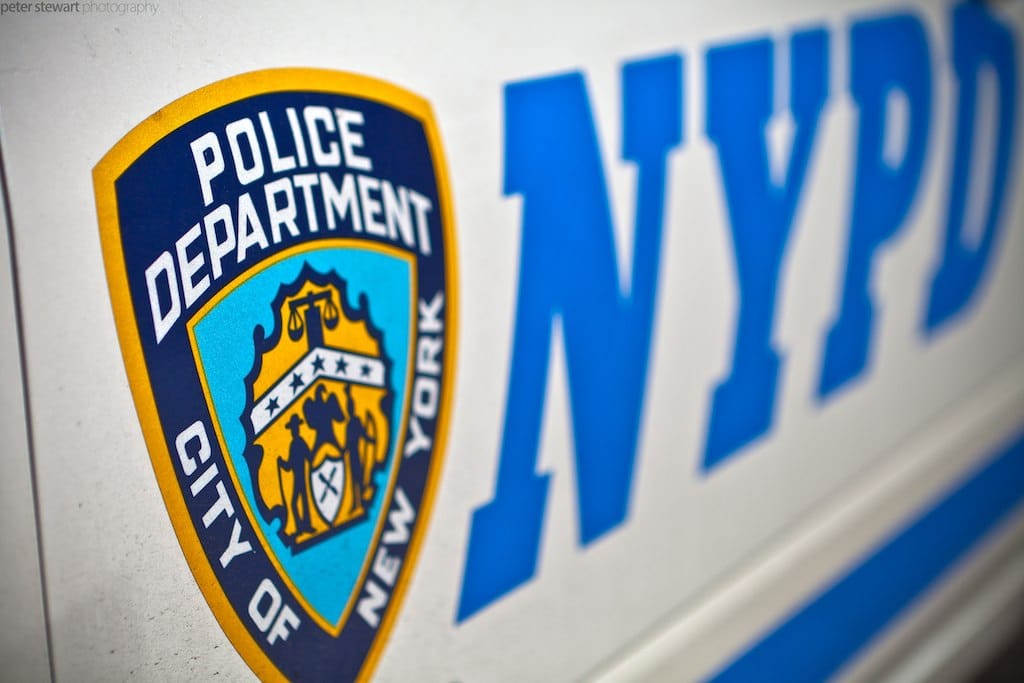New York City drug arrests hit historic lows in the weeks after Governor Andrew Cuomo initiated the state’s “shelter-in-place” policy on March 20. But racial and geographic disparities widened, show city data for the first quarter of 2020, published on May 4.
Between the day of the city’s shutdown and March 31, the last day of the first quarter, the number of “Dangerous Drugs” arrests—a term used internally by the department to classify possession, sale and other charges—dropped by a whopping 75 percent from the equivalent period in 2019. A total of 197 such arrests, compared with 814 in 2019, appears to be the lowest number since at least 2006.
The decline during lockdown seems to be an acceleration of a preexisting trend. In the last week-and-a-half of March 2018, 1,366 drug arrests were made, so the 2019 figure already represented a 40 percent reduction. In March 2020, when the coronavirus outbreak response kicked into high gear, drug arrests fell by almost twice that rate.
Despite the historic declines, established disparities regarding the race and location of people arrested—with drug arrests overwhelmingly slanted towards Black New Yorkers (categorized in the data as Black and Black Hispanics) and the Bronx—seem to have widened in the first weeks of the lockdown.
Although the absolute number of Black New Yorkers represented in drug arrests decreased by 72 percent post-lockdown, their proportion of total arrests actually increased, while the proportions for all other racial demographics fell. During the first weeks of the lockdown, Black New Yorkers comprised nearly 60 percent of arrests—up from 52 percent one year prior. Meanwhile the proportions for White Hispanic and white New Yorkers each dropped three percentage points, to 28 percent and 10 percent, respectively. Asian and Pacific Islander New Yorkers remained the least represented demographics in drug arrests in terms of proportion and absolute numbers, with little change from last year.
Simply put, NYPD’s drug policing was more likely to involve a Black New Yorker now than it was one year ago. The same goes for the Bronx.
In late March of 2018 and 2019, drug arrests were spread relatively evenly across the Bronx, Manhattan and Brooklyn. But this year, their distribution was concentrated in The Bronx (72 arrests, comprising 37 percent of the total). That’s almost the same number as Queens (36 arrests) and Brooklyn (38) combined. Manhattan and Brooklyn saw declines, while Queens and Staten Island had smaller increases than the Bronx.
The available data do no demonstrate a causal relationship between the shelter-in-place policy and changes in drug arrests. The NYPD did not respond to Filter‘s request for comment.
New York City is not alone in seeing a huge drop in arrests during the pandemic. In Chicago, drug arrests dropped by 42 percent, which one criminal defense lawyer attributed to potential defendants not being “able to move, to sell anything anywhere,” as NBC Chicago reported. In Philadelphia, the contrast in drug policing between the first half of March and the second half was extreme, with arrests falling from 423 to just 11, according to the Philadelphia Inquirer. This reflects the Philadelphia police department’s new policy of not bringing drug suspects into custody, but instead issuing a warrant for their arrest after the pandemic.
Photograph of an NYPD patrol car by Pete Stewart via Wikimedia Commons/Creative Commons





Show Comments